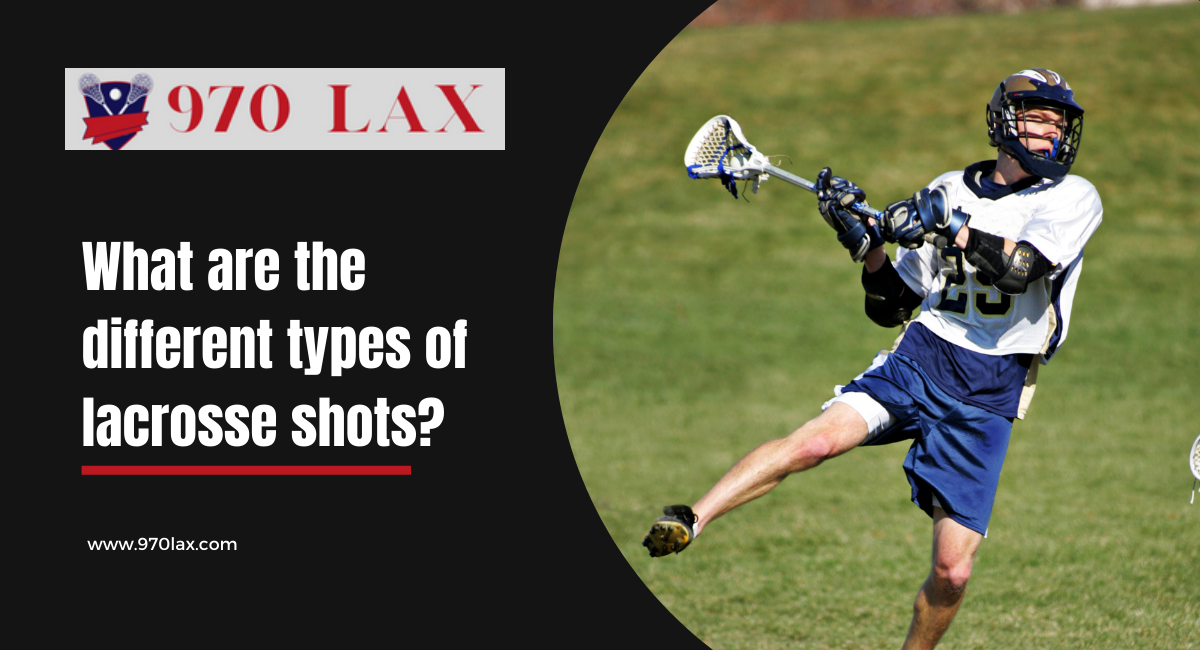Lacrosse is a fast-paced and exciting sport requiring players to have various skills, including shooting. There are many different types of lacrosse shots, each with advantages and disadvantages.
Overhand shot
The overhand shot is the most common and versatile in lacrosse. It can be used from a variety of distances and angles, and it can be thrown with a lot of power and accuracy. To execute an overhand shot, start with your feet shoulder-width apart and your weight evenly distributed. Bring the stick back behind your head, then quickly snap forward, releasing the ball at the top of your release point. Follow through with your shot and keep your eye on the target.
Underhand shot
The underhand shot is a good option for when you are close to the goal or when you need to get a quick shot off. To execute an underhand shot, start with your feet shoulder-width apart and your weight evenly distributed. Bring the stick back to your waist, then quickly snap forward, releasing the ball at the top of your release point. Follow through with your shot and keep your eye on the target.
Sidearm shot
The sidearm shot is a good option for when you are off-balance or need to get a shot around a defender. To execute a sidearm shot, start with your feet shoulder-width apart and your weight evenly distributed. Bring the stick to your side, then quickly snap forward, releasing the ball at the top of your release point. Follow through with your shot and keep your eye on the target.
Rip shot
The rip shot is a powerful shot that can be used from a distance. To execute a rip shot, start with your feet shoulder-width apart and your weight evenly distributed. Bring the stick back behind your head, then quickly snap forward, releasing the ball at the top of your release point. Be sure to put a lot of power into your shot and follow through with your stick.
Bounce shot
The bounce shot is a good option for when you need to get a shot under the goalie’s pads. To execute a bounce shot, start with your feet shoulder-width apart and your weight evenly distributed. Bring the stick back behind your head, then quickly snap forward, releasing the ball at the top of your release point. Aim for the ground in front of the goal, and let the ball bounce up and into the net.
Step down shot
The step-down shot is a good option for when you need to get a quick shot off while moving. To execute a step-down shot, start with your feet shoulder-width apart and your weight evenly distributed. Take a step down with your front foot, then quickly snap your stick forward, releasing the ball at the top of your release point. Follow through with your shot and keep your eye on the target.
On the run shot
The on-the-run shot is a good option for when you are moving towards the goal and need to get a shot off quickly. To execute an on-the-run shot, start with your feet shoulder-width apart and your weight evenly distributed. Keep your stick in your hands and your body facing the goal. As you run, quickly snap your stick forward, releasing the ball at the top of your release point. Follow through with your shot and keep your eye on the target.
High to low shot
The high to low shot is a good option for when you want to catch the goalie off guard. To execute a high to low shot, start with your feet shoulder-width apart and your weight evenly distributed. Bring the stick up to your shoulder, then quickly snap forward, releasing the ball at the top of your release point. Aim for the bottom corner of the goal.
Low to high shot
The low to high shot is another good option for catching the goalie off guard. To execute a low to high shot, start with your feet shoulder-width apart and your weight evenly distributed. Bring the stick down to your waist, then quickly snap forward, releasing the ball at the top of your release point. Aim for the top corner of the goal.
Bottom line
There are many different types of lacrosse shots, each with advantages and disadvantages. The best shot to use will depend on the situation. It is important to practice all the different types of shots to be prepared for anything.












